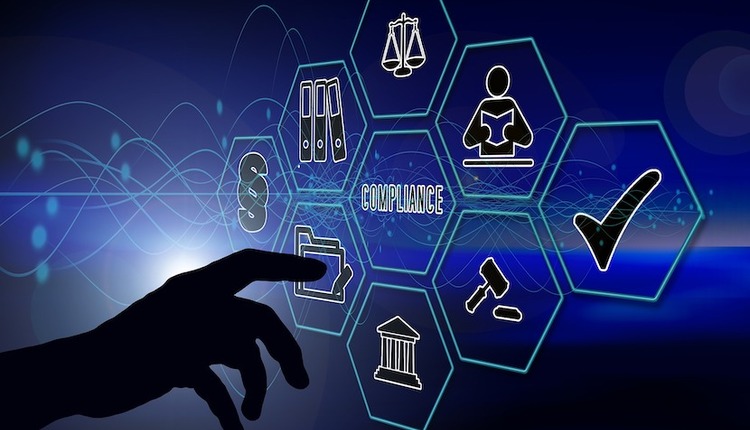To be successful in business you have to engage employees. Social business and Enterprise 2.0 do much more than link people through advanced technology. They boost connections that make companies stronger and, ultimately, better competitors, according to a study recently authored by Andrew McAfee, a principal research scientist at the MIT Sloan Center for Digital Business, and the AIIM Task Force on Social Business and Innovation. The study, published in a series of papers titled, "When Social Meets Business, Real Work Gets Done," reveals the tangible ways companies are realizing benefit from Enterprise 2.0 investment and social business technologies.
McAfee, who coined the phrase "Enterprise 2.0" to describe the use of Web 2.0 tools and approaches by businesses, investigated how information technology (IT) changes the ways companies perform, organize themselves and compete. In working with AIIM and 18 members of its vendor advisory committee, McAfee and the task force looked at three key business engagement models: sales and marketing collaboration, open innovation and enterprise Q&A for knowledge sharing.
"All three areas addressed by the Task Force demonstrate that when people engage properly with each other and with technology, trust, self-organization and good business results emerge," said McAfee. "The three use cases are true examples of social business because they depend on people with strong, weak and potential ties to organize their own workflows, roles and credentials."
Companies with sales and marketing collaboration efforts underway reported that Enterprise 2.0 brought substantial improvement. The research showed more than 60% of firms that invested in collaborative frameworks achieved big gains in knowledge sharing and communication accuracy between marketing and sales.
In one case study, each store manager kept a notebook of positive and negative experiences at the store. Information was locked and 240 store managers and 20 regional managers were not able to learn from each other. With the introduction of collaboration technology, managers were able to share insight from their retail unit with the entire organization. Communication constraints were removed, and incidentally, a store manager's posting of a photo of seven-foot-tall signage and a tongue-in-cheek comment led the company to reconsider all promotional signage in a bid to create a better, more consistent experience for its customers.
The benefits of open innovation are best summarized by "Joy's Law," which states, "The smartest people work for someone else." Tapping into that expertise to foster innovation is the challenge. One interviewee said, "There are probably three or four million-dollar ideas sitting in the company, but their voices are not being heard." For another company, the adoption of social business initiatives brought about a significant cultural shift that enabled collaboration to happen organically when previously it was considered just talk.
The study found that open innovation delivers beneficial changes to both internal processes and external products and is meeting the expectations of its sponsors. Open innovation helped realize major changes to the internal processes of 48% of responders and to the external offerings of 34% of responders.
Enterprise Q&A is considered the "purest" example of social business because it doesn't specify what segments of an organization can participate or the areas of content. It delivers positive experiences and builds on the premise that what people use at home will affect what they'll use at work.
A 60% satisfaction rate was reported for organizations with a rewards-based enterprise-wide Q&A. Respondents said high-quality answers often come from unexpected sources, indicating that social tools are cultivating advanced knowledge sharing. In one example, a CEO crowd-sourced the development of a marketing tagline sending a global voicemail asking for ideas through the platform. Within 24 hours 1,500 tag lines were proposed.
The research makes a case for organizations to reconsider a "wait-and-see" approach, as the payoff of Enterprise 2.0 is well documented. The results and case studies provide a wealth of information for companies looking for better ways to stay competitive. Using social tools to share content and information can deliver immediate and long-term business benefit.
CHERYL MCKINNON is the vice president of Marketing for AIIM, the global community of information professionals. She has more than 17 years of experience in the content and information management field as a marketer, educator and consultant. For more information, visit www.aiim.org.












